Responding to Requests
Your server needs to respond to requests with an appropriate HTTP response code. A code may differ, depending on whether the request is successful or fails to be proceeded.
Table of Contents
To Respond to a Successful Request
- Use HTTP response code ‘200 OK’ to indicate a successful job delivery and stop Webhook from attempting to forward the request again.
To Respond to a Failed Request
- Use an appropriate 4xx or 5xx HTTP response code depending on the type of the error. The Webhook attempts to deliver the failed request until it succeeds or reaches the limit.
Note: The Webhook attempts to deliver the failed limit 15 times before dropping it, using an increasing delay between attempts (1, 2, 4, 8, etc minutes). Unsuccessful requests are stored in an error queue.
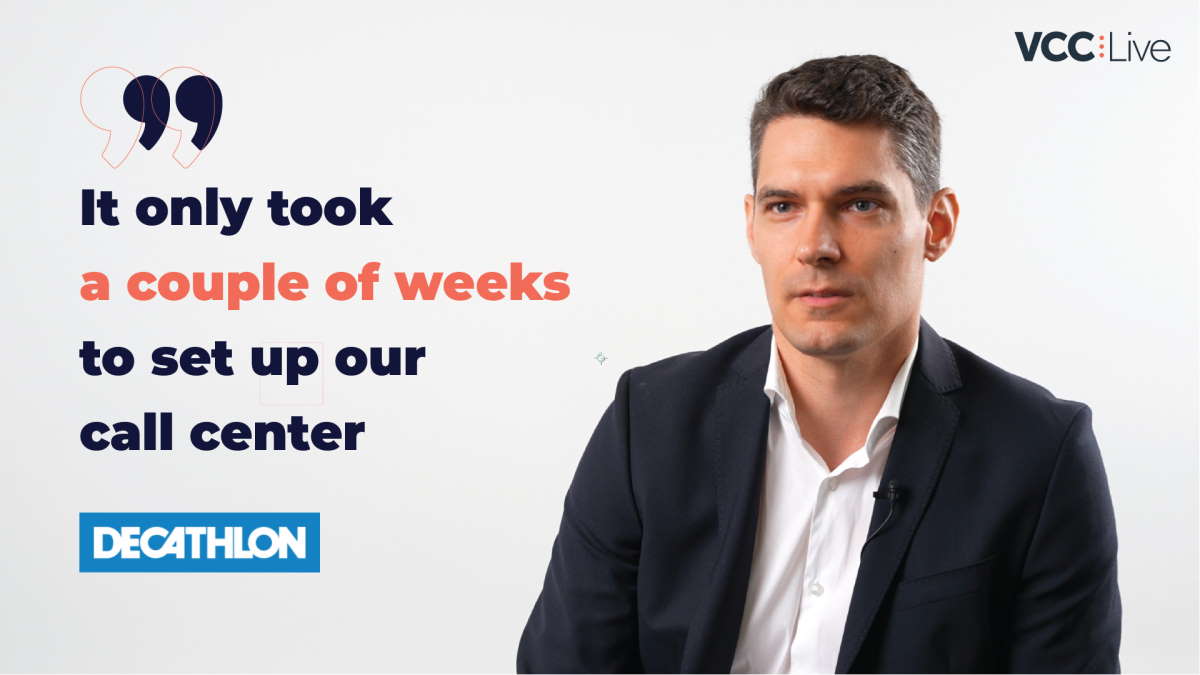
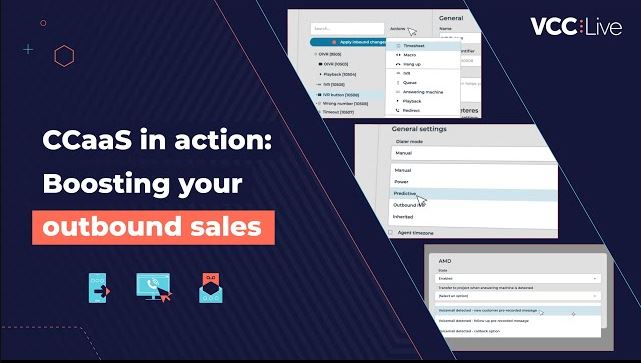
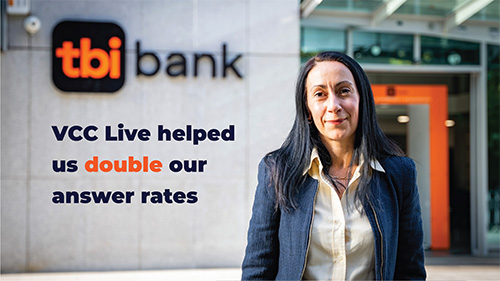
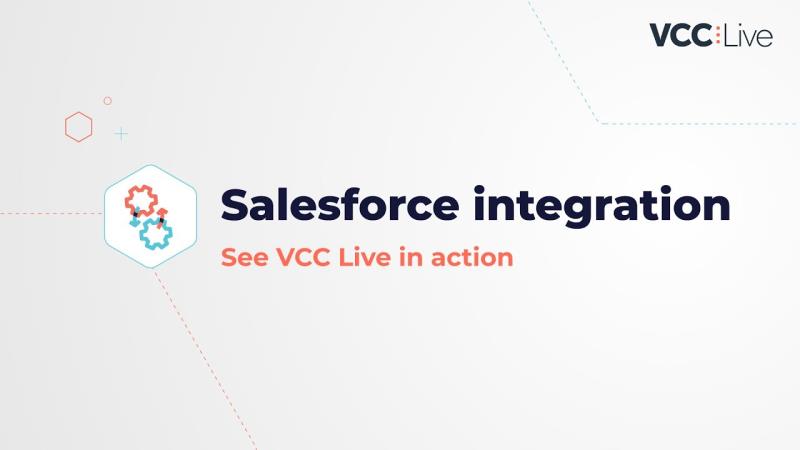
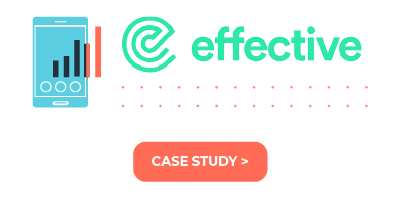
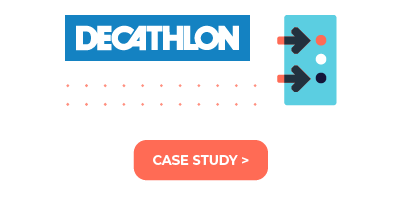
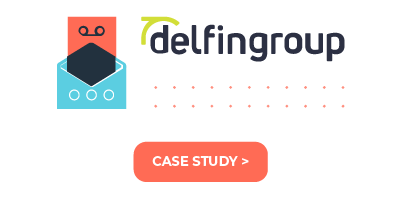
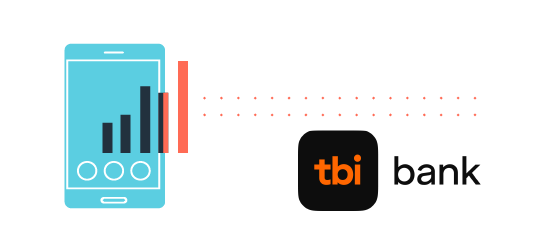




Comments
Can’t find what you need? Use the comment section below to connect with others, get answers from our experts, or share your ideas with us.
There are no comments yet.